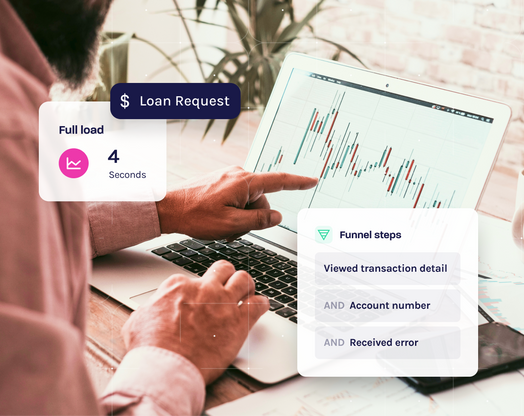
Optimizing the user conversion funnel for digital marketing: Refining the flow of your website
For every e-commerce business, a website is an invaluable tool for creating new and long-term customers. Many businesses spend a lot of time and money on perfecting their website’s user experience. A common question regarding this topic is “what is marketing funnel strategy?” as well as a follow-up question asking what its benefit is. Implementing a funnel strategy in marketing and analyzing the performance of that user conversion funnel can help a business to gain deeper insights about their customers and their customers’ journeys through their website and make sure that the site is functioning as planned. Big data solution providers can collect the data needed for in-depth conversion-funnel digital-marketing analysis. The insights gained from this analysis are then used to inform decisions on strategy, website development, and marketing with the goal of increasing the conversion rate of the website.
When a user conversion funnel for digital marketing is created, each step of that digital marketing funnel should be properly analyzed in order to ensure that users progress through each step successfully. But what is market funneling strategy in practice? The following four steps outline what you need to do to your website’s funnel in order to pinpoint the actions needed to further enhance your website’s experience performance.
Step One: Be aware of entry points
Start with taking a close look at how users enter into the digital marketing funnel. Where do they enter your website from? Who are the users? This is a great time to analyze whether your conversion funnel digital marketing is hitting the audience you intended to target, or whether your campaigns need to be refined.
Step Two: Keep them interested
Now that you have users on your site, what keeps them on the site and moving forward toward conversion? One place to look is at your email opt in touchpoint. It is important to take the user’s perspective in order to understand what may have encouraged them to register for the email list, or what may have prompted them to dismiss the opportunity. Another touchpoint to look at is your product display. Interesting and informational descriptions of your products is one way to keep users on your website for a longer period of time and help to move them to the next step in the funnel. If users leave your website at this point, they may be going to another website to get further information about the product they were looking at. This yet again highlights the importance of mastering funnel strategy in marketing.
Step Three: Close the deal
Now that users have spent time reading descriptions of the products, checking out customer reviews, and looking at related items, it is time to close the deal. Make sure that the checkout procedure is easy to understand and simple to complete. Removing as much friction as possible to completing checkout is likely to result in a reduced cart abandonment rate. A comprehensive and analytical look at a user conversion funnel for digital marketing can help you locate exactly where a customer left the funnel and take the steps necessary to fix this drop off point.
Step Four: Invite them back
After a user becomes a customer, be sure to invite them back and engage them in the funnel process once again. User conversion funnel and digital marketing analysis is not just a one-time procedure, it is ongoing. This is a fundamental aspect of funnel strategy in marketing. With the right analytics, you may find that your website’s conversion rate can be increased by fixing a small technical error, or you may discover that you have been targeting the wrong audience. Whatever the reason may be for drop off or reduced website flow, analyzing your digital marketing funnel will give you the data you need to correctly inform future strategy decisions.








